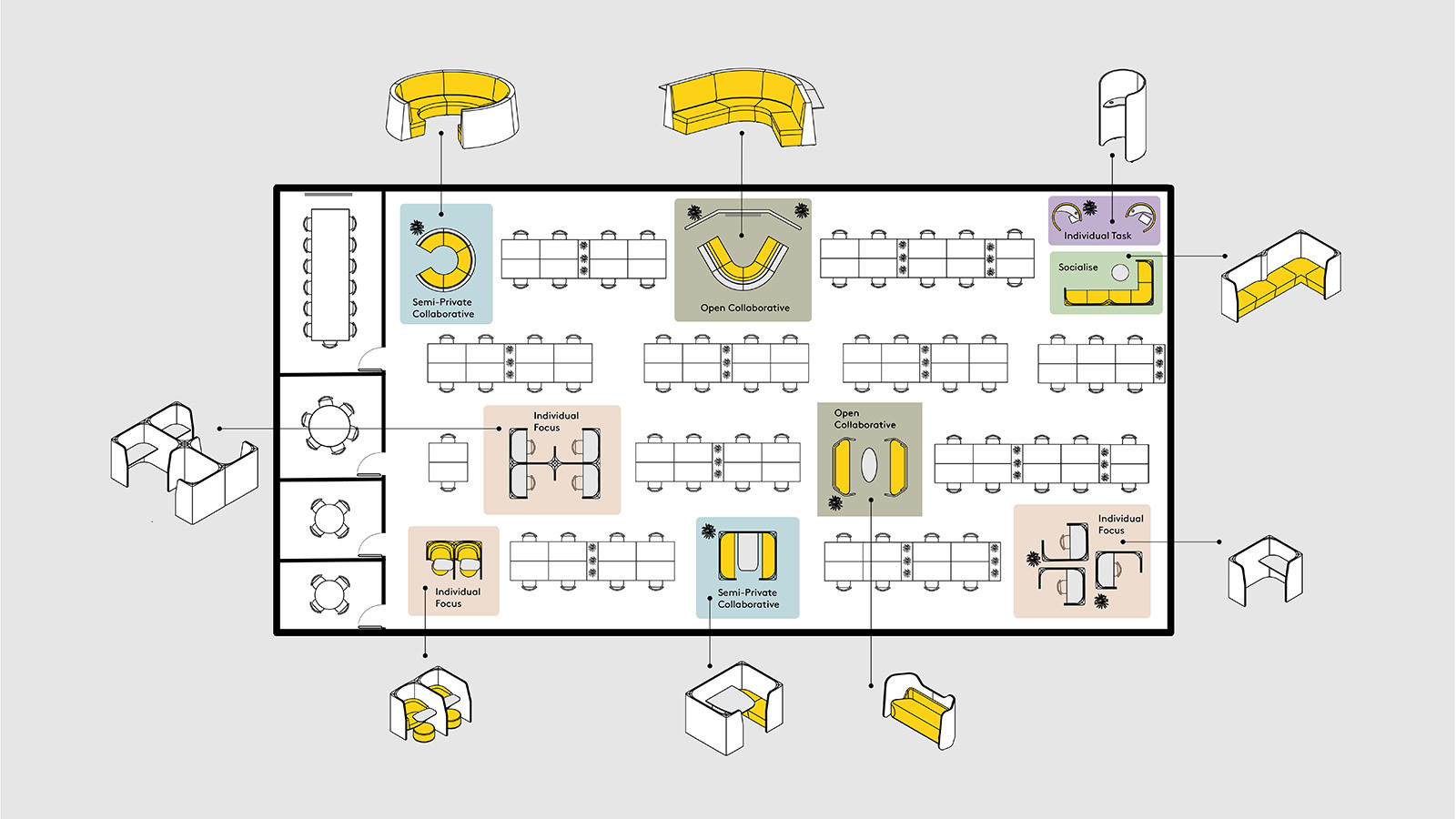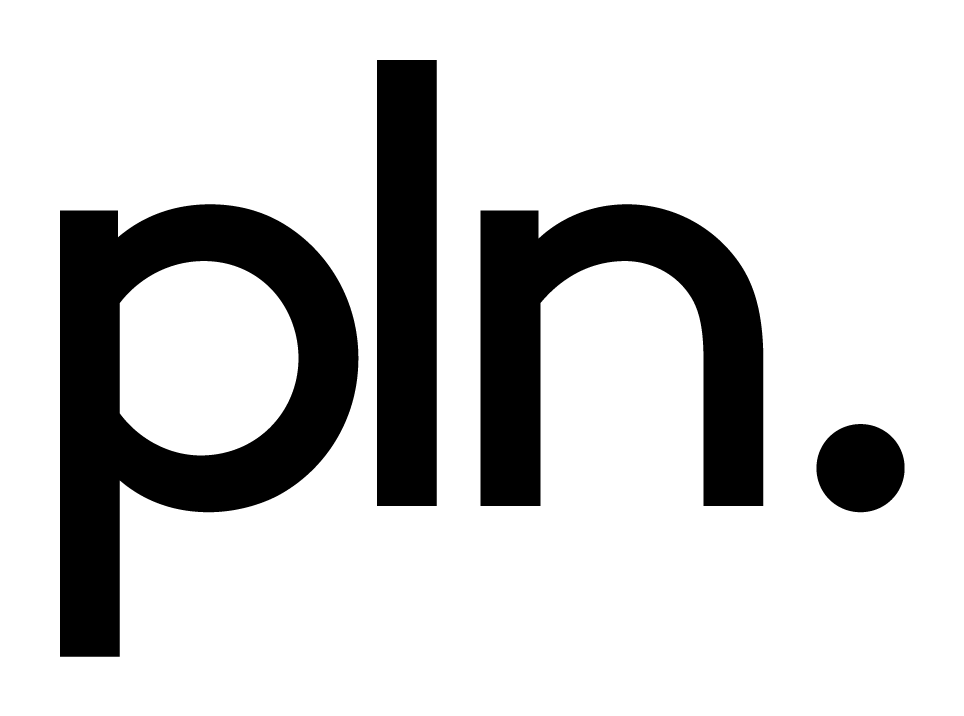Agile vs agile and ABW – what does it all mean for your work place and space?

Any current discussion about workplace strategy often contains buzzwords such as Agile (capitalised A), agile (lowercase a) and Activity Based Working (ABW – all capitals!).
In our industry we hear them used with different meanings depending upon who is doing the talking. It’s no wonder there’s confusion about their meaning and more importantly, the impact they have on us in the workplace.
So what is the difference between each of these terms – and does any relationship exist between them?
What is Agile?
The term Agile - with a capitalised A – has been around since 2001 when a group of software developers created a software development methodology and documented it in the Agile Software Manifesto.
Agile, as it became known, focused on improving customer satisfaction through continuous delivery. The methods it employs include short iterative cycles, quick and frequent feedback from customers, and constant learning.
What does success look like in Agile?
Achieving success in adopting the Agile software development methodology brings:
- Increased speed of delivery
- Enhanced customer satisfaction
- Optimal efficiency and flexibility.
Although these are all desirable outcomes in business, Agile in its purest form is a methodology developed for use in the software development world.
So what is agile?
By contrast, the term agile refers to a way of being, or a philosophy within an organisation. An organisation which is agile is described loosely as having “the ability to quickly adapt to, or even anticipate, and lead change.” ( Professor Michael A. Cusumano of MIT Sloan School of Management)
What does success look like in an agile organisation?
Organisations that embrace an agile philosophy aim to gain and maintain competitive advantage by:
- Being better at managing change
- Operating effectively with minimal disruption during change

Photo by You X Ventures on Unsplash
Can we be agile without being Agile?
An agile philosophy encompasses management, culture and technology, and shares with Agile software development the aim of operating in a state where it can handle the speed of change now and in the future. Practices such as Scrum and stand up meetings are concepts which have been borrowed directly from Agile and are used in many organisations wishing to operate in a more nimble manner today.
Although Agile and agile are different it’s not uncommon to find them coexisting within organisations working to lay the foundation for more rapid and effective change. At the heart of Agile is a desire, as the Agile Manifesto states, “to satisfy the customer.” Both concepts require indoctrination at a cultural level. In reality when it is truly successful, there are examples of Agile causing a shift in mind set and culture that takes it beyond being a methodology to becoming a philosophy that permeates the entire organisation.
Where does Activity Based Working fit in?
Activity Based Working (ABW) is a concept which recognises that, through the course of any day people engage in many different activities, and that they need different types of work settings to accommodate these activities. First coined by Eric Veldhoen in the 90s in his book ‘The Art of Working’, it provides freedom of choice in how, when, and where people can choose to work, assisting them to be more effective and engaged.
While being agile encompasses management philosophy, culture, and technology, ABW is a transformational workplace strategy and can be complementary as a means to gain more agility.
As Veldhoen says, “ABW is an enabler and redefines the purpose and function of the modern office and gives it a focus on different work “spaces” designed for different activities rather than individual, static desk locations.”
ABW recognises that people perform different activities and need a variety of work settings, the right technology, and a trusting and collaborative culture to be best supported.
- Work anytime, anywhere - independent of time and place
- Empowerment – when supported by trust results in responsibility
- Open & flexible workspaces - including the right acoustics for each activity
- Flexible working relations - supporting honest and genuine conversations
- Unlimited (digital) access & connectivity
The floor plan below is just one example of a floor plan which is set up to provide a flexible infrastructure. All the furniture highlighted is modular and able to be reconfigured or can be easily moved around the floor as needed to support work styles.

What does success look like for ABW?
ABW does not suit all work environments - it’s about carefully analysing and then understanding the way your people work and making design choices accordingly rather than following trends. For organisations where there is a fit, success can result in:
- Healthier, more engaged employees
- More empowered employees
- Better collaboration, knowledge transfer and learning
- Faster and more efficient decision-making
- Flexible physical infrastructure that can adapt more readily to change
When implemented successfully, ABW can deliver real increases in employee satisfaction, especially related to tasks that require collaboration and creativity. Research also increasingly supports the link between employee engagement leading to greater customer engagement.
When and how do Agile, agile and ABW co-exist?
Workplace strategy looks to dynamically align an organisation’s work patterns with the workplace environment to enable peak performance and gain better efficiencies.
When applying workplace strategy, a growing number of organisations look to support their agile way of working through the philosophy of ABW. Likewise, in an organisation utilising an Agile software development methodology, the ability to be nimble and frequently change can be very well supported by ABW with bespoke settings created for Agile collaboration.
An example of this is Microsoft's global research and development centre in Raleigh, North Carolina. The work spaces here are set up to support the highly focused multidisciplinary teams or 'neighbourhoods' utilised as part of the Agile software development methodology. These need to be flexible to accommodate up to 15 multidisciplinary members at any one time.
Work is no longer just a destination
Increasingly work is more than just a place to go. It can take place in a variety of non-standard environments given the right technology and conditions. Even organisations that don’t actively follow Agile or an agile philosophy, nor utilise ABW, can potentially benefit from examining ways to empower and support the work done by employees and contractors – wherever and whenever it takes place.
Customer experience is critical
As stated earlier, the Agile Manifesto has at its heart “to satisfy the customer.” Regardless of the methodology or philosophy followed by an organisation, it will be impossible for any organisation to grow and thrive in the long term without designing an experience that focuses outwards on the end- customer. Whichever path an organisation chooses to follow, it can not be done at the expense of the customer experience.
